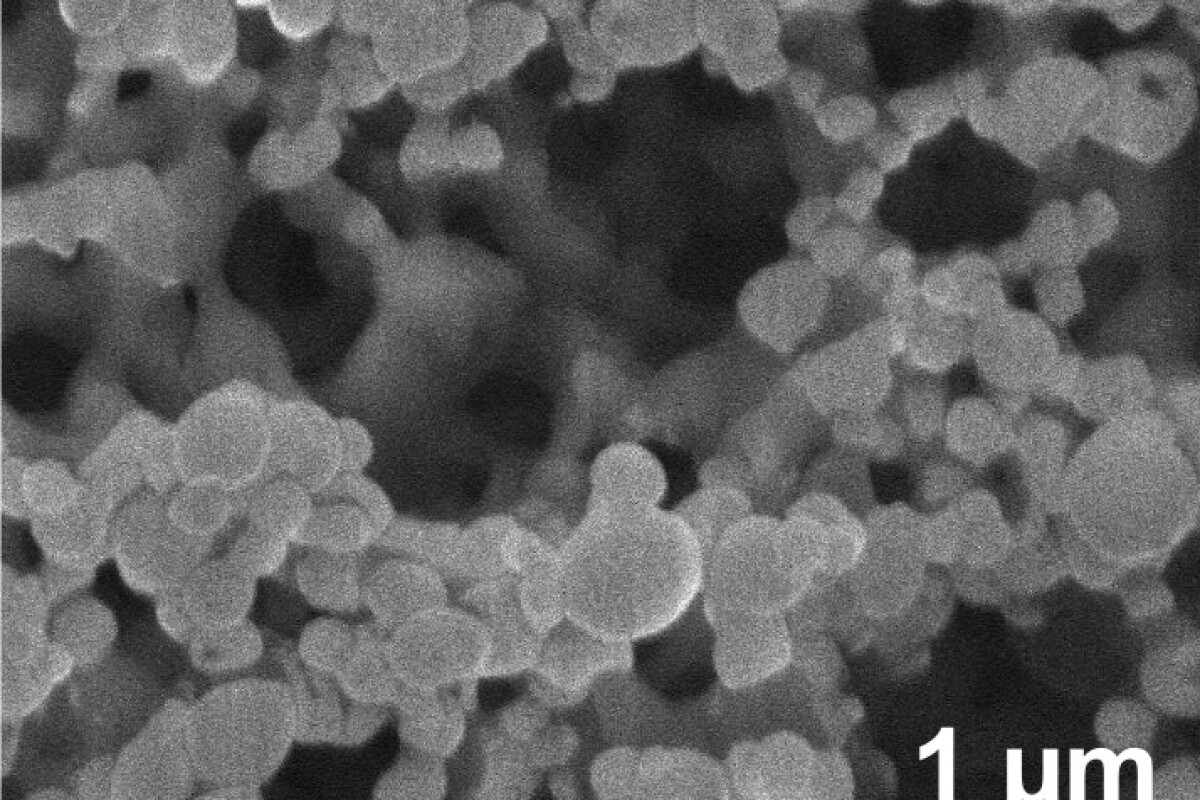Aside from the inconvenience of injecting insulin multiple times a day, type 1 diabetics also face health risks if the dosage level isn’t accurate. A new approach developed by US researchers has the potential to overcome both of these problems. The method relies on a network of nanoscale particles that once injected into the body, can maintain normal blood sugar levels for more than a week by releasing insulin when blood-sugar levels rise.
The injectable nano-network is made up of a mixture that contains nanoparticles with a solid core or insulin, modified dextran (which is commonly used to reduce blood viscosity), and glucose oxidase enzymes. When exposed to high levels of glucose, the enzymes convert glucose into gluconic acid, which breaks down the modified dextran to release the insulin. The gluconic acid and dextran, which are biocompatible, dissolve in the body, while the insulin brings the glucose levels under control.
The nanoparticles are given a positively or negatively charged biocompatible coating so that when they are mixed together, they are attracted to each other to form a “nano-network.” The positively charged coatings are made of chitosan, a material found in shrimp shells that has also found applications in self-healing car paint, while the negatively charged coatings are made of alginate, a material normally found in seaweed.
“This technology effectively creates a ‘closed-loop’ system that mimics the activity of the pancreas in a healthy person, releasing insulin in response to glucose level changes,” says Dr. Zhen Gu, an assistant professor in the joint biomedical engineering program at North Carolina State University and University of North Carolina at Chapel Hill. “This has the potential to improve the health and quality of life of diabetes patients.”
The technology, which was developed by researchers at NC State, UNC Chapel Hill, MIT and Children’s Hospital Boston, has been found to maintain normal blood-sugar levels in animal-based laboratory tests for more than a week, with discussions currently underway to move into clinical trials for humans.
The team’s paper appears online in ACS Nano.
Source: North Carolina State University




